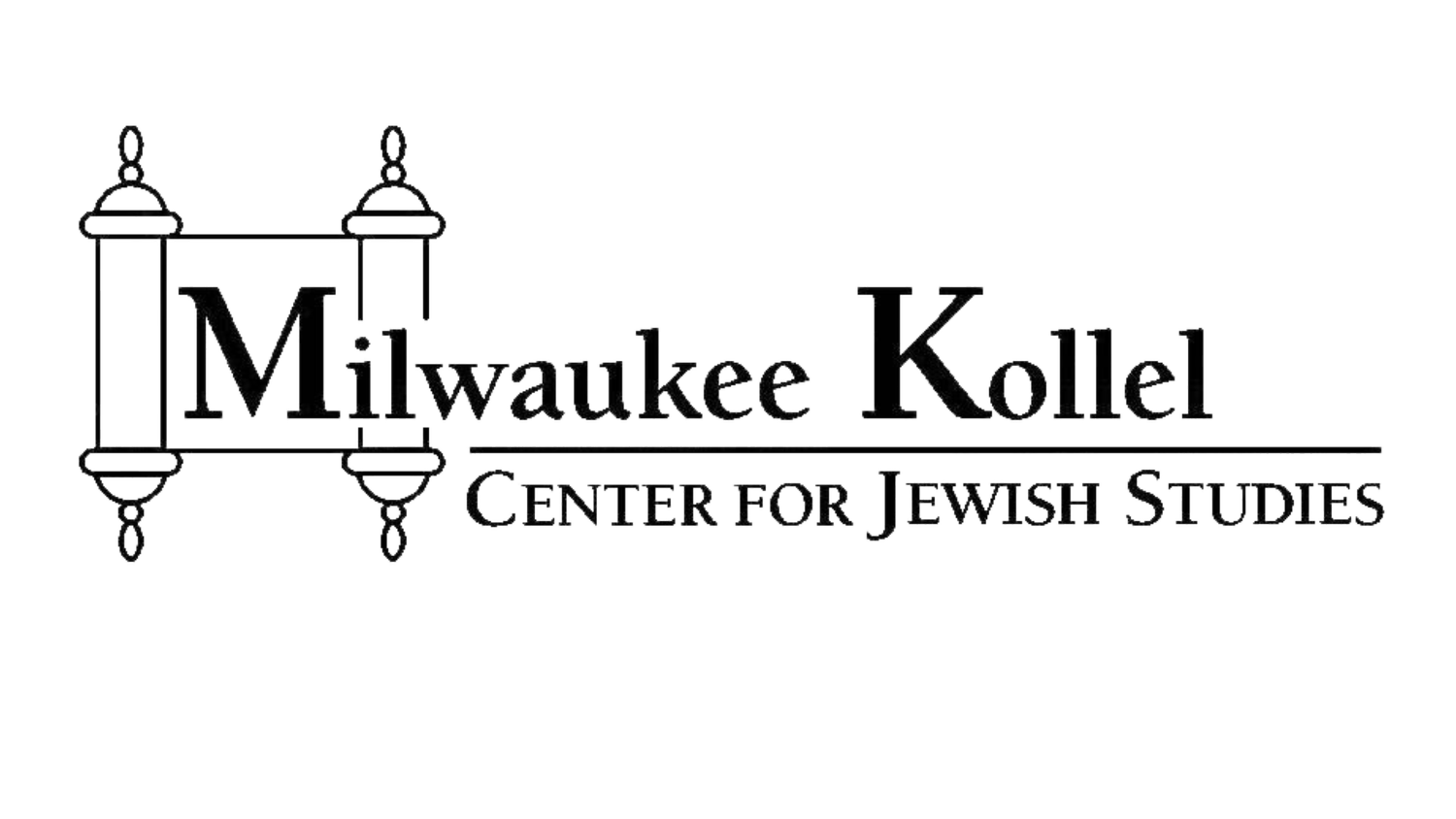Parshas Miketz: What Do Chanukah, Asarah B'Teves, and Yosef Hatzaddik All Share With Shabbos Kodesh?
Rabbi Yaakov Israel
A few years ago, on the Shabbos immediately following Chanukah, I had the Zechus to hear Divrei Torah from HaRav Efraim Wachsman Shlit”a at a Shalosh Seudos. Rav Wachsman mentioned that according to Seforim, Shabbos contains all the kedusha of the previous week. In addition, Shalosh Seudos is the pinnacle of Shabbos. Therefore, he said, right now is the last and perhaps highest exposure to all of the kedusha of the Yom Tov of Chanukah! With that in mind, I would like to speak a bit about Chanukah.
However, before we get to Chanukah, let us discuss a little about Asarah B’teves, the Tenth of Teves. This year, the fast day falls out on this coming Erev Shabbos. Asarah B'Teves is the only public fast day that can occur in such a way. In fact, we are generally not allowed to declare public fast days on Friday. In addition, in a non-fixed calendar, when Asarah B'Teves could fall out on Shabbos, the fast day would not be postponed until Sunday and one would fast even on Shabbos! In this halacha, it is more stringent than even Tishah Be'av. The source for this is related to the unique wording of the Navi Yechezkel in describing the fast day. Even so, the question still remains: what is it about Asarah B'Teves that deserves this unparalleled severity?
My Rebbe, HaRav Moshe Eisemann Shlit”a, explains the unique tragedy of Asarah B'Teves, in his sefer on Yerushalayim, 'Harp Strings and Heart Strings'. On Asarah B'Teves, Nevuchadnetzar laid seige against Yerushalayim. The Navi metaphorically depicts the seige as a pot sitting on a fire containing juicy bits of steak and bones burning without any way of escaping. Rav Eisemann brought sources that the essence of the life of Yerushalayim is only when it is an “open city.” Figuratively, its gates are there to be open to emanate Torah and Kedusha, as the pasuk states, “Out from Tziyon [Yerushalayim] Torah will come forth...” The locked gates were a sign that the people did not appreciate the real essence of Yerushalayim. In the words of Rav Eisemann: “A besieged Yerushalayim is in a sense more tragic than a destroyed Yerushalayim. In the destroyed, the wood is burned but their soul escapes unscathed to heaven....Yerushalayim, as an enclosed pot mocks us beyond endurance...just another undistinguished city...The juicy cuts, we ourselves, who could have become so much, were slowly turned into useless cinders... ” One can add that the place where this appreciation manifests itself is at the gates themselves. As one enters and exits, the gates are a place where he should be reminded of the special sanctity of Yerushalayim; it is not just another undistinguished city. So we get a glimpse of understanding, but still, what does any of this have to do with Shabbos?
The seforim explain that Shabbos is like a Bais Hamikdosh in time. Shabbos has gates, as well. The gates are also significant. We are commanded to sanctify the Shabbos bekenisaso, as it enters, as well as beyetziaso, at the exit of Shabbos. Kabbalas Shabbos is a big deal, as the Shulchan Aruch states: “Yismach b'vias Shabbos... one should rejoice in the coming Shabbos like one greets a King or a Chassan and Kallah”. We are also taught that all of the kedusha and “fuel” of the next week is found within Shabbos. Furthermore, the Vilna Gaon said that the amount of time on Shabbos that a person devotes to spiritual endeavors will directly affect his leanings in those areas the following week. So we find similarities to Yerushalayim, both in the significance of its gates and the emanations that flow from it. So, when we enter into this “Bais Hamikdosh of time” in the midst of the fast of Asarah B’Teves, it should awaken us to fully respect its gates.
The Mitzvah of Ner Chanukah also directly relates to gates; the ones found in our homes. The Mitzvah is to light at the doorway of the house. We are reminded by this mitzvah of the sanctity that is contained within our homes, and how it should emanate to the outside. We also find that Yosef Hatzaddik was very scrupulous in watching over gates. These include both the physical gates of Mitzraim, as well as the gates of one's body i.e. eyes, mouth etc. The Torah writes in this week's Parsha that he was “Shalit al ha'aretz” - he ruled over the entire land. The Seforim explain that he had control over his physicality and his kedusha had an impact on everything. Again we see a theme of the importance of gates and having an outside impact. So, as we leave the Yom Tov of Chanukah, let us take along the lessons of its “gates.”
When we read the Parsha of Yosef Hatzaddik, let us learn from his gates. And if we have to fast this coming Erev Shabbos, let us focus on the “Bais Hamikdosh in time” that reminds us every week of the chashivus of gates. Let us be awake to the palpable excitement of Kabbalas Shabbos. As the Rebbe Shlit”a implored us recently, for the zechus of Klal Yisroel, let the sounds of Kabalas Shabbos vibrate through the walls of the Bais Hakneses (even if it’s just external, it still has an effect!) And then, after Shabbos, as we leave the gates in an unrushed state through Zemiros and Torah, we should be zocheh for the bounty of Hashem to flow into the next week and for the Beracha that we ask for every Shabbos: Ve'harainu Hashem Benechamas Tziyon Eerecha Uvevenyan Yerushalayim Ir Kadshecha... bemehera Veymeinu Amen!
